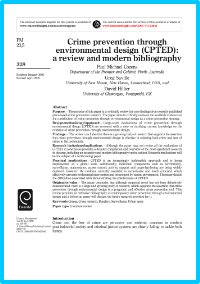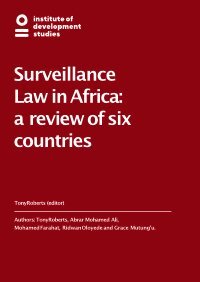By Daniel S. Lawrence, Bryce E. Peterson, Rochisha Shukla, and Lilly Robin
This publication represents a technical summary report of the Urban Institute’s evaluation of efforts with the Milwaukee Police Department (MPD) to improve its public surveillance network. The goal of this study was to conduct a rigorous process, impact, and cost effectiveness evaluation of the process MPD took to optimize its network, which included improving operations, installing new cameras, and integrating video analytic technologies into its system. The two video analytic technologies were (1) automatic license plate recognition cameras and (2) high-definition cameras connected to gunshot detection technology. The evaluation used a mixed-methods research design. Qualitative data collection included in-depth observations of the department’s camera operations to understand their practices and determine which types of improvements would most benefit the program, as well as stakeholder interviews with staff members who either worked directly within the camera program or routinely used its footage in their work. We conducted interviews with camera operators, camera program supervisors, shift commanders, crash reconstruction unit officers, specialized investigations division officers, criminal investigations bureau detectives, and civilian managers from the department’s communication division. We also collected numerous quantitative data, including administrative crime data, metadata from the camera system, and systematic data on the costs associated with the system upgrades. We then used these data to assess: (1) the overall impact all of the interventions had on crime at the city, focus area, and intersection levels; (2) the specific impact of the two video analytic components on crime; and (3) the costs of the upgrades relative to their effectiveness. Our findings indicate that the impact of these interventions was mixed. We analyzed data in the two areas where MPD concentrated their surveillance optimization efforts and found some decreases in crime. However, when we focused on our analyses on the specific intersections where cameras and other technologies were installed, our models found increases in some criminal events, which is likely the result of the new cameras capturing crimes that may have otherwise been missed by the department. We also found no significant changes in crime in the areas where the two video analytic technologies were implemented compared to matched comparison areas. The findings from this research yielded several important lessons for improving criminal justice policy and practices. First, police departments must have strong, collaborative relationships with the vendors they select to upgrade their surveillance systems. Second, agencies that engage in efforts to optimize their surveillance systems should regularly re-evaluate their goals and processes to maximize the effectiveness of these new technologies. Finally, departments should ensure that all necessary personnel are made aware of the new technologies and have adequate access to them.
Washington, DC: Urban Institute, 2024. 18p.










